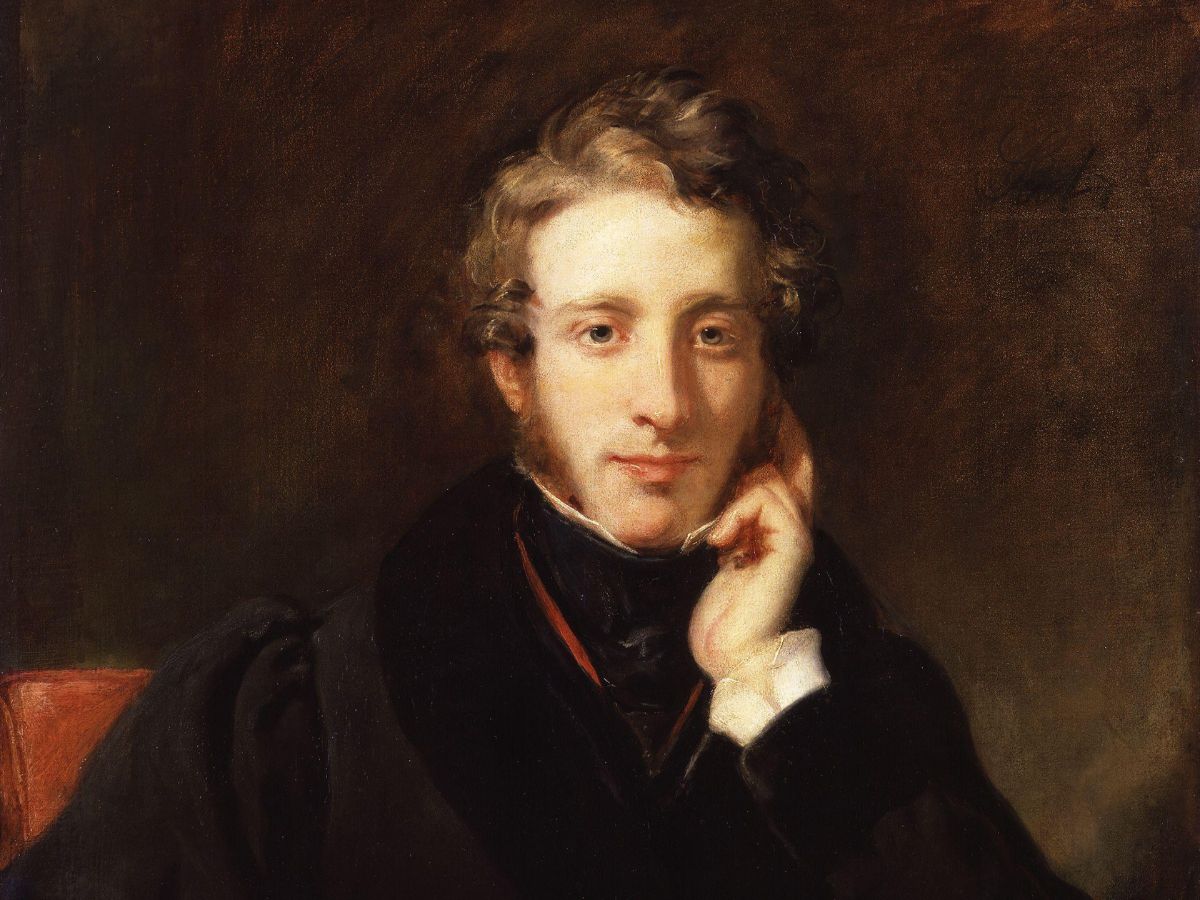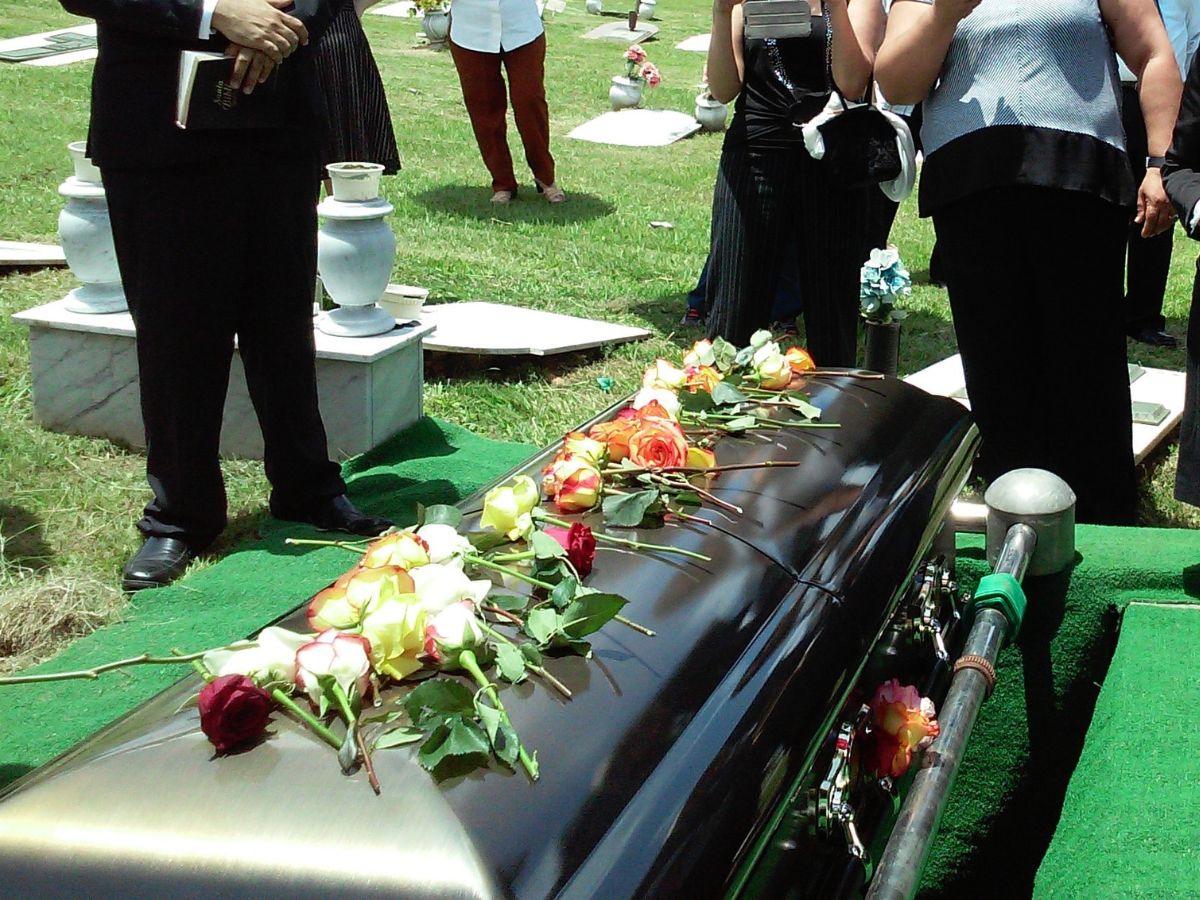In the late 19th century, Enrico Morselli came up with the word ‘taphephobia’. It is a term used to describe an individual’s fear of being buried alive. Increasing fears of premature burial among people during those times might’ve led this Italian psychiatrist to create this term. One can get an idea about this experience in The Premature Burial, written by Edgar Allan Poe.
This fear was not something that surfaced in the 19th century. It’s quite ancient and dates back to the times of the Romans. However, the phobia was quite widespread in the Victorian era. Such was the public fascination for this subject that it even led to the founding of a group. It was for the prevention of premature burial. Now, let’s take a look at some of the renowned people who were afraid of being buried alive:
1. George Washington
The first president of the United States was apparently scared of being buried alive. He had requested his secretary to have him buried decently a few hours before his death. He had instructed not to put his body into the vault in less than three days after he was dead.
George Washington’s nephew was even more detailed in his request. He had told his doctor not to tie his thumbs together. He were to place nothing on his face. The president’s nephew also instructed not to place any restraint by bandages. Another instruction was to place his body in an entirely plain coffin. It was to have a flat top and sufficient number of holes.
2. Alfred Nobel
His will had led to the creation of the Nobel Prize. Alfred Nobel had left the bulk of his vast estate to fund the prizes. They only went to individuals who were of the greatest benefit to humans. He was the one who invented the dynamite. At the time of the invention, he had the feeling that it would bring peace.
He had invented the dynamite for non-military purposes thinking that it would make war unpalatable. The final portion of Nobel’s will is what’s truly interesting. He had expressed a wish to be cremated in a crematorium. Some believe that it came out of his fear that he would be buried alive.
3. Hans Christian Andersen
Andersen spent his final days at the home of his friends Moritz and Dorothea Melchior. Upon sensing that his end was near, he put forward a request to Dorothea. He begged that she cut his veins after he had breathed his last. She took it as a joke. According to Anderson’s biographer, Jackie Wullschlager, he was extremely afraid of being buried alive.
Hans Christian Andersen was more than a neurotic. The fear of being buried alive was not the only one. He was also afraid of fire and traveled with a rope in his luggage. Besides, he had a fear of dogs and the fear of trichinosis kept him from eating pork.
4. Edward Bulwer-Lytton
He was a novelist and a politician from the Victorian era. He has the credit of being the inventor of the phrase ‘it was a dark and stormy night’. This line also resulted in the Bulwer-Lytton Fiction Contest. Entrants to this contest take up the task of creating the worst opening lines in literature.
He was extremely worried about waking up one day in a coffin. He, therefore, had asked for his heart to be punctured before he was buried.



